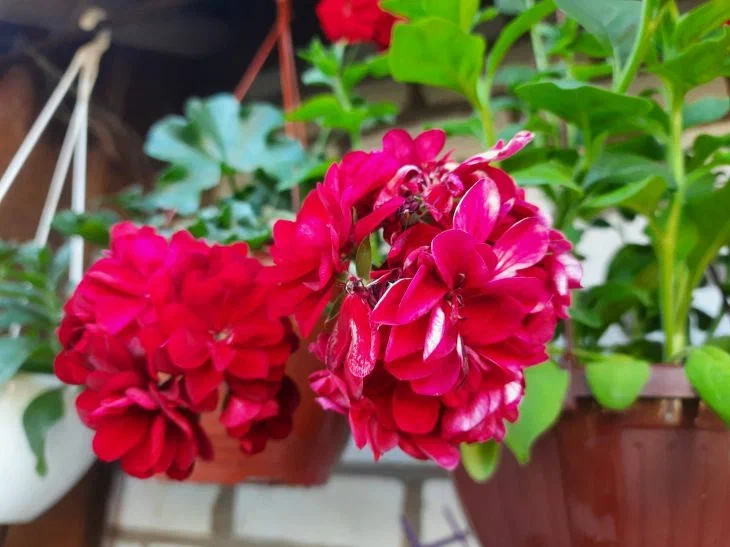How to Insulate Potted Plants for Winter: All Options in One Place
Few novice gardeners know that potted plants need additional protection from winter frosts and piercing winds.
An expert of the online publication BelNovosti, agronomist, landscape designer Anastasia Kovrizhnykh told how to help plants that will spend the winter in pots outdoors.
If you have a large number of potted perennials, it's best to purchase supplies that you can use each year. These include burlap, stakes, wire mesh, and zip ties.
For those in a region where temperatures drop below freezing only occasionally, it will be enough to move the pots to a place protected from the wind and cover them with blankets or sheets.
Clay, ceramic and glazed clay pots are not recommended to be left outside, but if there is no other way, wrap them in several layers of bubble wrap and secure it. Be sure to mulch the soil in the pot with a layer of 5 cm.

If the winter is going to be harsh, take the plants to a garage, an insulated greenhouse or a barn, in general, to any place that will not freeze.
Do not forget to control the soil moisture and do not allow it to dry out completely - to do this, you should water the sedge in pots once a month. But you should not overdo it with water either - its excess is fraught with rotting of plants.
Another option for insulating potted plants involves planting them in the ground for the winter - with or without a pot. The planting site should be covered with mulch on top and along the edges.
If it is not possible to dig the pots into the ground, move them to a place protected from the wind and arrange them in a group, with the smallest pots standing inside the circle. Water the plants generously and cover them with a layer of straw, shredded leaves, compost, bark or evergreen branches. The layer rising from the top should be 15-30 cm thick. If there are bales of straw, place them outside the circle. Check the humidity level regularly and water the pots if necessary.
For reference
A perennial plant is a plant that lives for more than two years.
